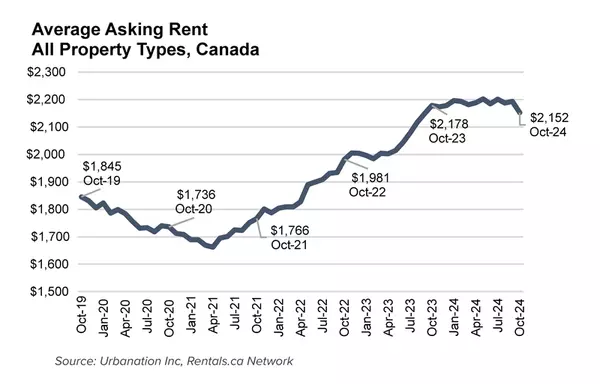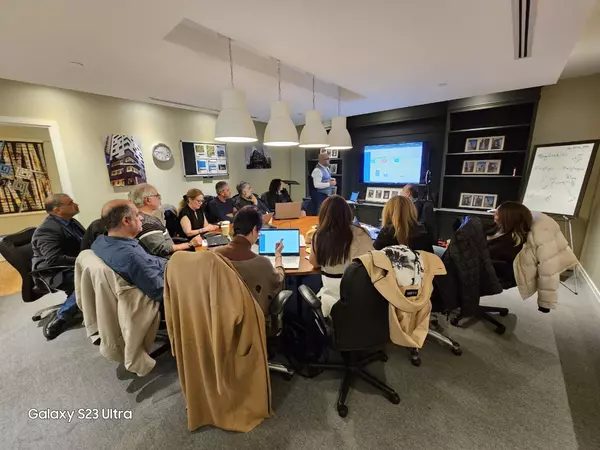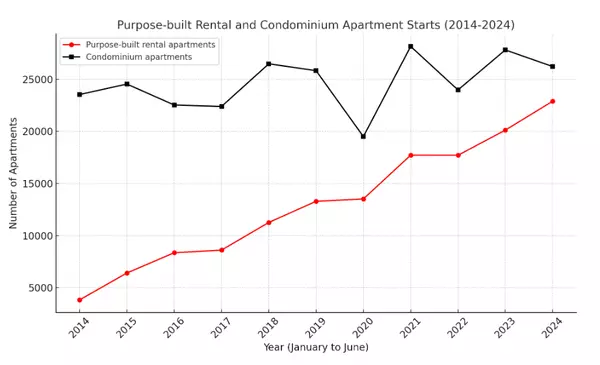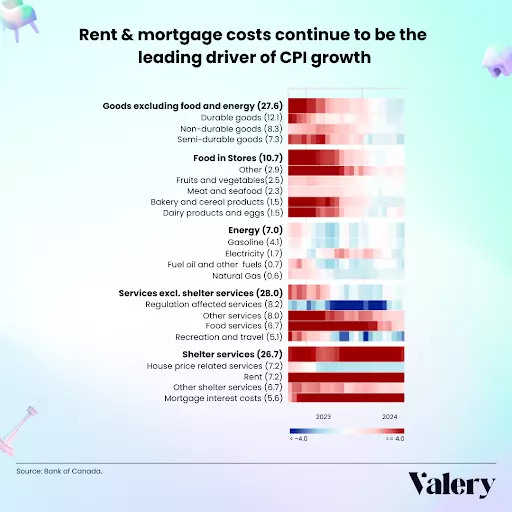How early should sellers prep their homes for sale? A step-by-step guide to maximize property appeal
Welcome to Ask A Stager, your regular staging advice column designed exclusively for real estate professionals. Whether you’re grappling with how to enhance the visual appeal of your listings or seeking innovative strategies to captivate your target audience, you’ve come to the right place. Ask A Stager offers you the opportunity to pose any and all staging-related questions and receive expert advice, for free.
No query is too big or small — if it’s about elevating the look of your real estate, we want to hear it and we want to help! Email your questions to ninadoiron@isodesign.ca
As real estate professionals, guiding your clients through the home selling process is crucial to ensuring a smooth and successful transaction. One key aspect of this process is pre-sale preparation, which can significantly impact the property’s appeal, market time and final sale price.
Start prepping 1-6 months out
A common question about this from sellers is, “How far in advance should we start preparing our home before listing?” The answer depends on several factors, including the condition of the property, the local market conditions and the level of preparation needed.
However, a general guideline is to begin the pre-sale preparation process at least one to six months before listing the property. This timeline allows ample time for a comprehensive approach, ensuring the property is market-ready and maximized for its potential while minimizing stress and overwhelm.
Here’s a step-by-step plan to help sellers prepare for a successful sale.
Step 1: Initial consultation and planning (1-3 months before listing)
Objective: Obtain expert insights on the property’s condition and create a tailored action plan to strategically invest time and resources, maximizing return on investment (ROI) in key areas.
Start the process by engaging with a professional home stager to provide an in-depth consultation with the sellers. During this meeting, the stager will evaluate the property’s current state, including both interior and exterior conditions. Discuss the local market trends and the target demographic for the area.
Based on these factors, a tailored plan will be created to include necessary repairs, upgrades and staging strategies. It’s also essential to discuss the budget and timeline, ensuring that the sellers understand the potential ROI for each proposed improvement.
Step 2: Decluttering and deep cleaning (1-3 months before listing)
Objective: Create a clean and clutter-free environment to highlight the home’s best features.
Decluttering is one of the most effective ways to prepare a home for sale. Advise the sellers to begin by sorting through their belongings and deciding what to keep, donate, sell or discard. This process can be time-consuming, so starting early is crucial.
If this step feels overwhelming or emotionally taxing, suggest that your client hire a professional home organizer or move manager. These experts can often declutter the entire house within a week, whereas it might take sellers months or even years to accomplish the same task, depending on the home’s size and the volume of belongings.
Once the home is decluttered, recommend a deep cleaning of the entire property, including carpets, windows and hard-to-reach areas. This task should be done prior to staging day. A clean home not only looks better in photos but also creates a positive first impression during showings.
Step 3: Repairs and maintenance (1-2 months before listing)
Objective: Address necessary repairs to prevent buyer concerns and maximize the property’s value.
Minor repairs and maintenance can make a significant difference in how buyers perceive the property. Hire a professional inspector to complete a pre-sale inspection to identify any issues that might be raised during a buyer’s inspection.
During peak season, securing handyman services can be challenging due to high demand. To avoid delays, it’s crucial to plan and schedule these services well in advance. This will help ensure that all necessary repairs are completed before the listing date, allowing your property to be market-ready on time.
Addressing these repairs beforehand can prevent potential deal-breakers and avoid last-minute negotiations. Common repairs include fixing leaky faucets, repairing broken tiles, patching holes in walls and ensuring all appliances and systems are in good working order.
Step 4: Cosmetic upgrades and improvements (1-2 months before listing)
Objective: Enhance the property’s visual appeal and update outdated features.
Cosmetic upgrades can provide a high ROI by making the property more attractive to buyers. Suggest neutral paint colors to appeal to a broader audience and replace outdated fixtures or hardware. Consider recommending cost-effective updates such as new light fixtures, updated cabinetry hardware and modern faucets. These small changes can significantly improve the overall aesthetic without a substantial financial investment.
If the home feels outdated and the budget permits, consider updating the kitchen and bathrooms. While a full renovation might be costly, there are budget-friendly improvements such as painting the cabinets, changing out the hardware and replacing the countertop that can significantly enhance the perceived value for buyers.
Step 5: Landscaping and curb appeal (2-4 weeks before listing)
Objective: Make a strong first impression with well-maintained exterior spaces.
Curb appeal is a critical factor in attracting potential buyers. As the saying goes, the first impression starts at the curb.
Advise sellers to invest in landscaping, including trimming bushes, mowing the lawn, planting flowers and adding fresh mulch. Clean and spray the driveway, repair walkways and consider painting or replacing the front door if needed.
Keep in mind that a home’s exterior often sets the tone for what buyers can expect throughout. A welcoming exterior can increase the number of showings and the property’s perceived value.
Step 6: Staging and professional photography (1 month before listing)
Objective: Showcase the property’s best features and create an emotional connection with buyers.
Staging is an essential marketing component of the selling process. Engage a professional stager to arrange furniture and decor in a way that highlights the property’s strengths and minimizes any weaknesses.
Similar to handyman, painter and contractor services, professional stagers are also in high demand during peak season. It’s crucial to book their services early to ensure your target listing date stays on track and doesn’t get delayed. The actual staging date should be scheduled for no later than 2-3 days ahead of the target listing date.
The goal of professional staging is to create a neutral yet inviting space where potential buyers can envision themselves living. Once staging is complete, get professional photography to capture high-quality images for the listing. Excellent photos are vital for online listings, as they are often the first impression buyers have of the property.
Step 7: Final preparations and marketing (1-2 weeks before listing)
Objective: Ensure all aspects of the property and marketing materials are ready for the market.
In the final weeks before listing, review all aspects of the property and marketing strategy.
Ensure that all repairs, upgrades and staging elements are completed and in place. Prepare all necessary marketing materials, including listing descriptions, floor plans and virtual tours. Plan the launch strategy, including open houses and targeted online advertising, to generate maximum interest from potential buyers.
Starting the pre-sale preparation process one to six months before listing gives sellers ample time to address all necessary aspects of getting their home market-ready. Guiding your clients through this timeline ensures that the property is presented in the best possible light, ultimately leading to a quicker sale and a higher final sale price. Early preparation allows for thoughtful decision-making, budgeting and execution, reducing stress and maximizing the property’s potential in a competitive market.
By following this step-by-step plan, sellers can approach the market with confidence, knowing their property is well-prepared and positioned for success. As a real estate professional, providing this level of guidance and support not only benefits your clients but also enhances your reputation as a knowledgeable and reliable professional in the industry.
Got home staging questions for a future column? Submit them to ninadoiron@isodesign.ca
Categories
Recent Posts










GET MORE INFORMATION


